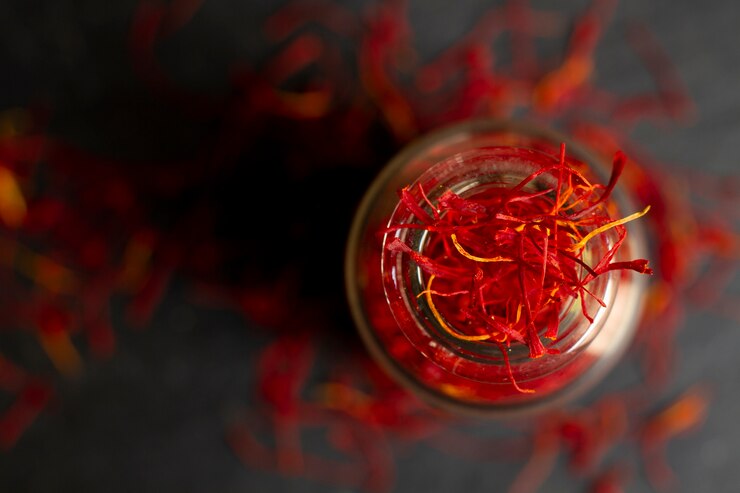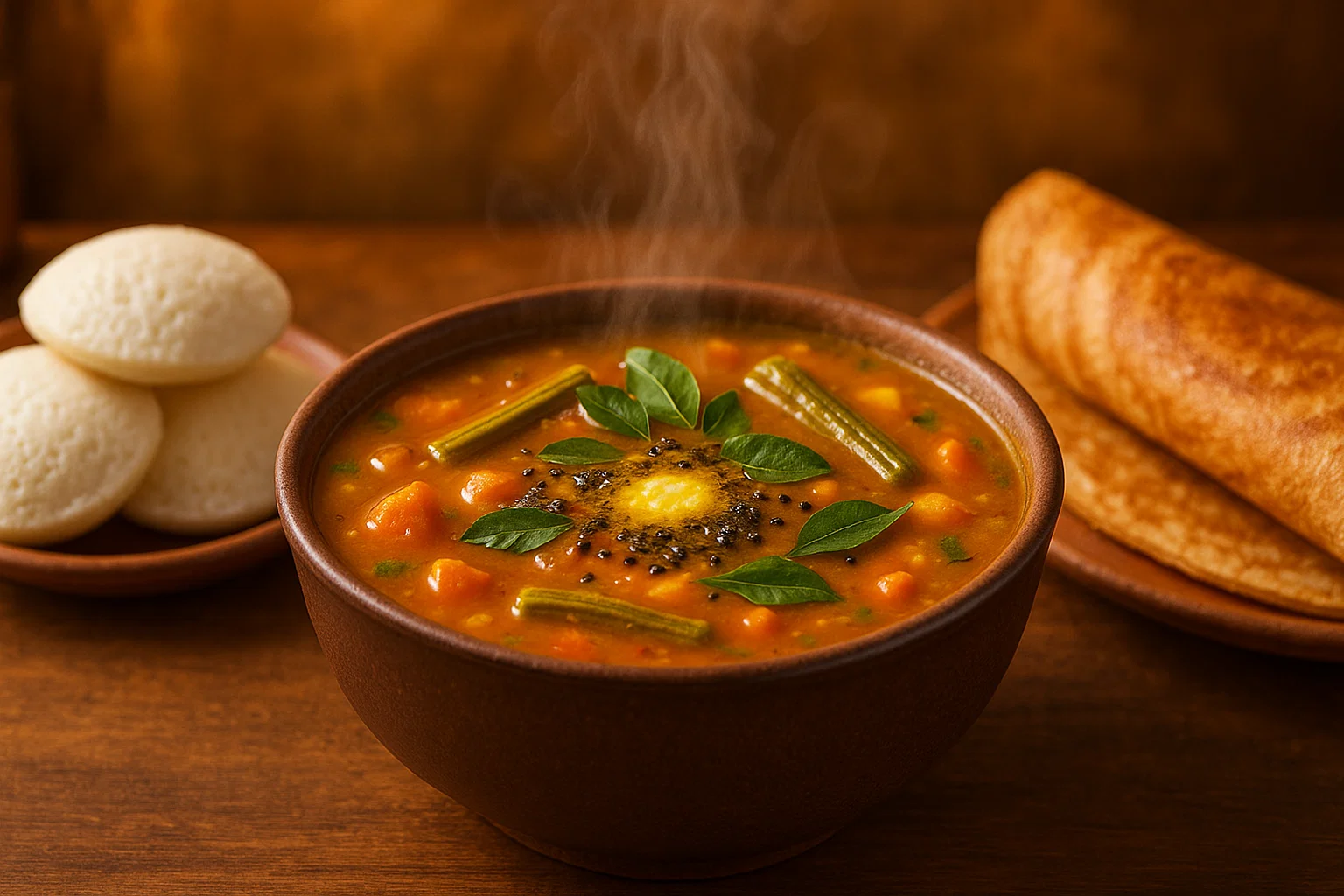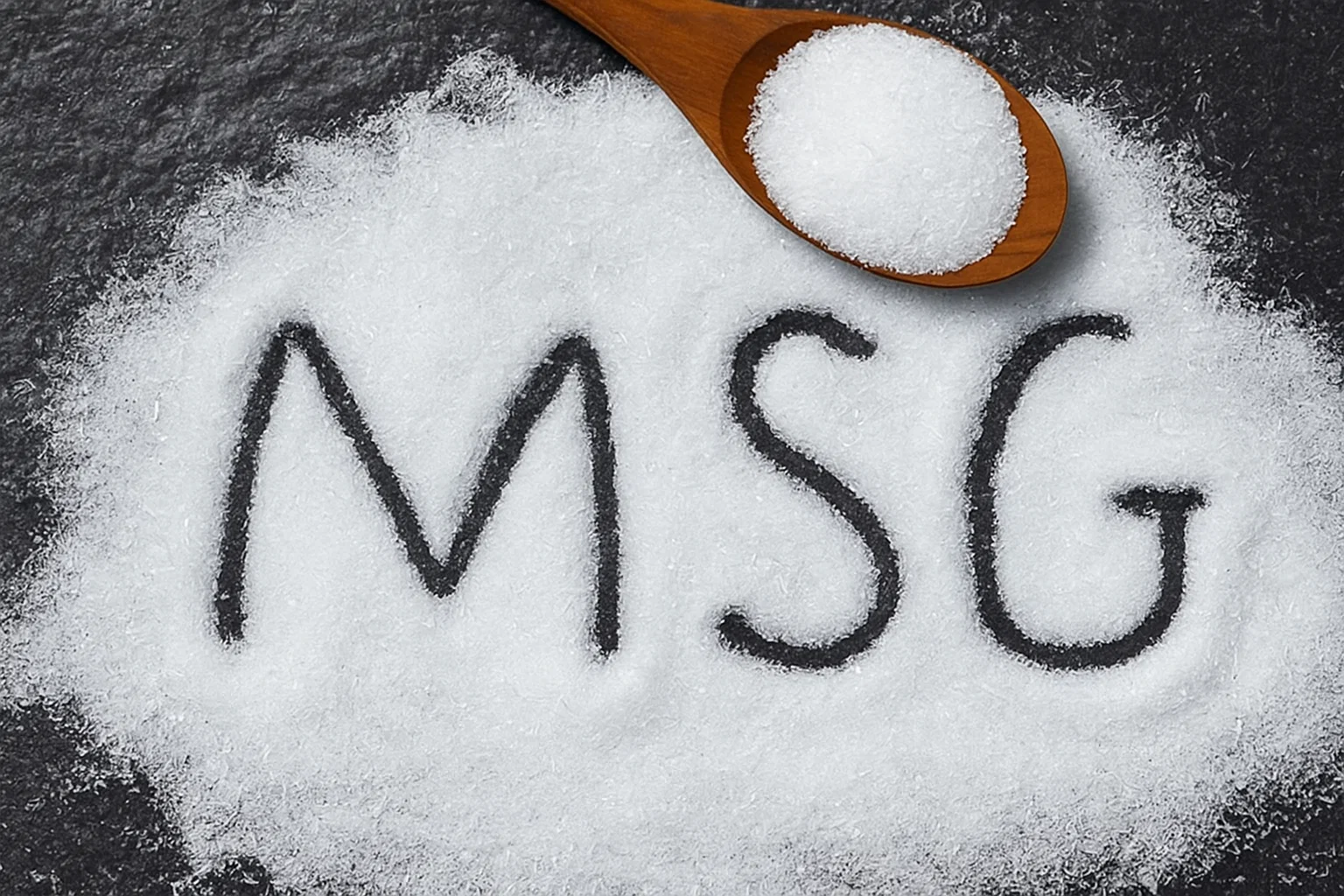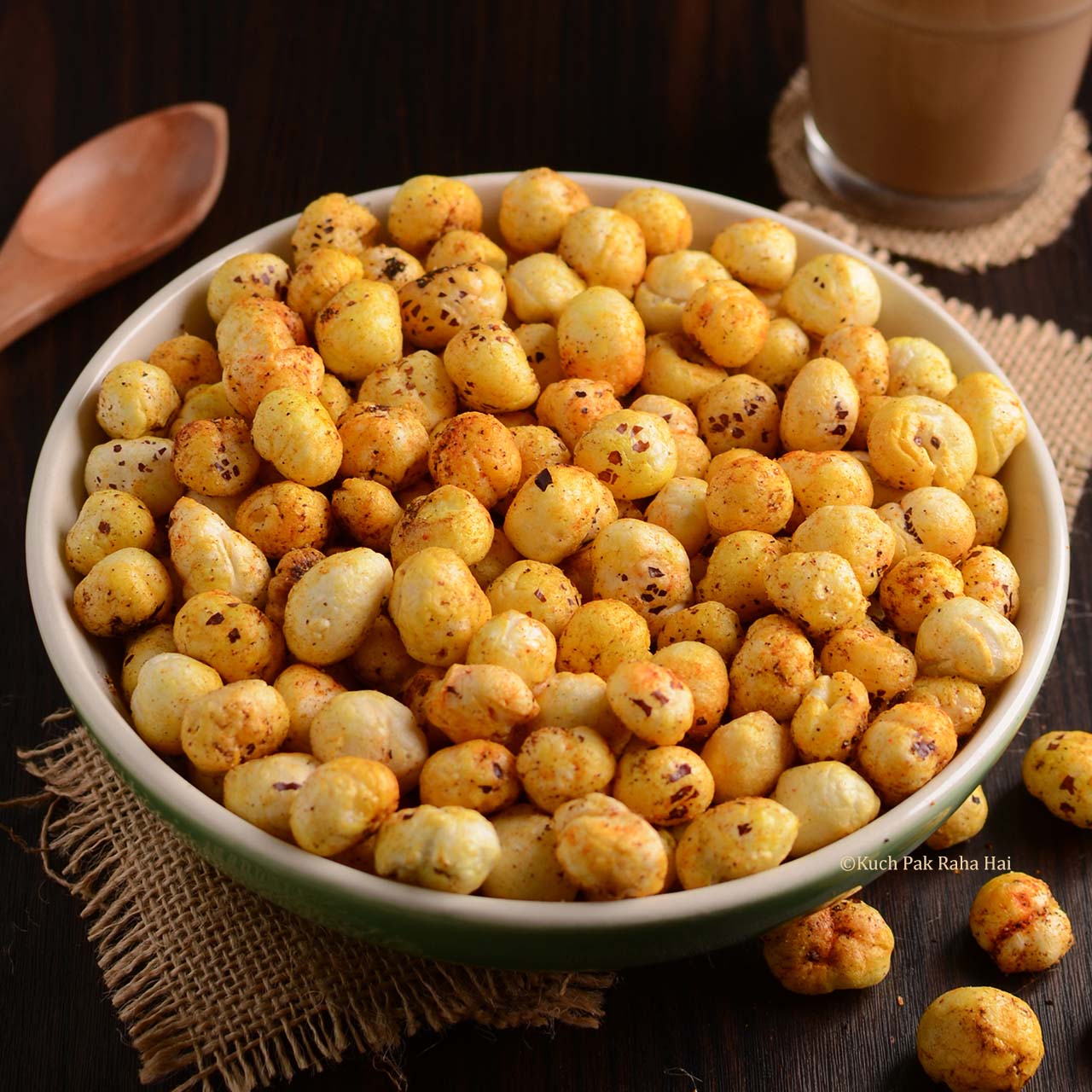How to Identify Original Kesar: 7 Proven Tips to Avoid Fake Saffron?

Strong 8k brings an ultra-HD IPTV experience to your living room and your pocket.
Let’s be honest — saffron, or kesar as we lovingly call it, is one of those magical ingredients that can transform a dish from delicious to divine. But with prices so high, it’s no surprise that the market is flooded with fakes. I learned this the hard way.
A few years ago, I bought what I thought was a great deal of saffron from a local vendor. The threads looked fine, the smell was there (sort of), and the price was way below what I usually paid. I used it in my kheer for a family get-together. No aroma, no color, no nothing. My grandmother took one bite, looked at me, and said, “This isn’t real kesar, beta.”
That moment stuck with me. Since then, I’ve been on a mission to understand the nuances of saffron. So here’s a tried-and-tested guide — not from a textbook, but from real kitchen experience — to help you identify original kesar and avoid falling for fakes.
1. The Water Test (Color Tells All)
This is my go-to test. Take a few strands of kesar and drop them in warm water or milk. Now, wait for 10-15 minutes.
- Real saffron will release a golden-yellow color slowly. The threads won’t lose their red color completely and will still look intact.
- Fake saffron (usually dyed corn silk or shredded paper) will instantly bleed red or orange, and the threads will turn white or disintegrate.
Pro tip: Avoid saffron that colors the liquid too fast. Real kesar takes its time — it’s not in a rush.
2. Smell That Aroma – But Don't Be Fooled
Real kesar has a distinct aroma that’s hard to describe but unforgettable once you know it. Think of a mix between honey and hay — earthy yet floral.
Here’s the trick: Too strong or chemical-like smell? Probably fake. Some sellers spray artificial scent to mimic saffron’s natural aroma.
When I first compared two samples — one genuine Chukde Kesar and one from a local vendor — the difference was crystal clear. The fake one smelled like room freshener. The real one? Like warm memories and festive kitchens.
3. The Thread Test – Look Closely
Original saffron threads are fine, trumpet-shaped at one end, and deep red with slight orange tones.
Fake threads often:
- Have a uniform shape (machine-cut)
- Look too glossy or waxy
- Contain yellow or white portions (which are parts of the flower but not the stigma — the real saffron)
Rub a thread between your fingers — real kesar feels dry and slightly brittle, never soft or sticky.
4. Taste Test – Yes, You Can Try It Raw
This may surprise you, but real saffron tastes bitter. Not unpleasant, just slightly sharp and dry on the tongue. Fake kesar, especially adulterated versions, often have a sweet or neutral taste due to sugar or syrup coatings.
Try this only with a tiny bit, though. It’s saffron after all — liquid gold, not a snack!
5. Price Isn’t Everything, But Be Suspicious of “Too Cheap”
Let’s address the elephant in the room. Original saffron is expensive. There’s a reason it's the most expensive spice in the world — it takes about 75,000 saffron flowers to make just one pound!
If someone’s offering you 5 grams for ₹100, run the other way. That’s not a deal; that’s deception.
6. Flame Test – It Doesn’t Burn Like Paper
Hold a saffron strand over a flame. Real kesar doesn’t catch fire. It chars a bit and emits a pleasant aroma. Fake kesar or dyed materials will burn quickly or smell like plastic.
I once tried this with a batch my friend got from abroad. As soon as the strand touched the flame, it curled and burned like thread. Yep, fake.
7. Packaging and Branding Matter
This might sound like a sales pitch — but stay with me. Trusted brands like Chukde go the extra mile with quality control. Their kesar is packed hygienically, and often comes with FSSAI certification.
Chukde Kesar also has a transparent container, which allows you to inspect the strands clearly — no tricks, no dyes, no fillers. What you see is what you get.
Final Thoughts
Buying saffron is like buying jewellery — you wouldn’t buy gold from a random street vendor, right? The same applies to kesar. It’s an investment in flavor, tradition, and well-being.
I now use Chukde Kesar exclusively in my cooking — from my morning kesar-badam milk to rich biryanis and festive sweets. It’s consistent, trustworthy, and always delivers that unmistakable aroma that takes me back to my childhood Diwalis.
If you’ve ever doubted your saffron or been tricked in the past, I hope these tips help you spot the real deal.
FAQs
Q1. How should I store saffron to keep it fresh?
Keep saffron in an airtight container, away from light and moisture. Store it in a cool, dark place (but not the fridge). Exposure to air can make it lose its potency.
Q2. How much saffron should I use in cooking?
Less is more. Usually, 4–6 strands are enough for a glass of milk or a small portion of dessert. For biryani or pulao, 8–10 strands, soaked in warm milk, work wonders.
Q3. What are the health benefits of real saffron?
Original kesar is rich in antioxidants like crocin and safranal. It may boost mood, aid digestion, improve memory, and even support skin health. But these benefits only come from original saffron — not fakes.
Q4. Why does fake saffron even exist if it's easy to test?
Because not everyone knows how to test it. Many rely on packaging, price, or color alone. That’s why awareness (like this article!) is key to protecting your pantry and your health.
Note: IndiBlogHub features both user-submitted and editorial content. We do not verify third-party contributions. Read our Disclaimer and Privacy Policyfor details.







